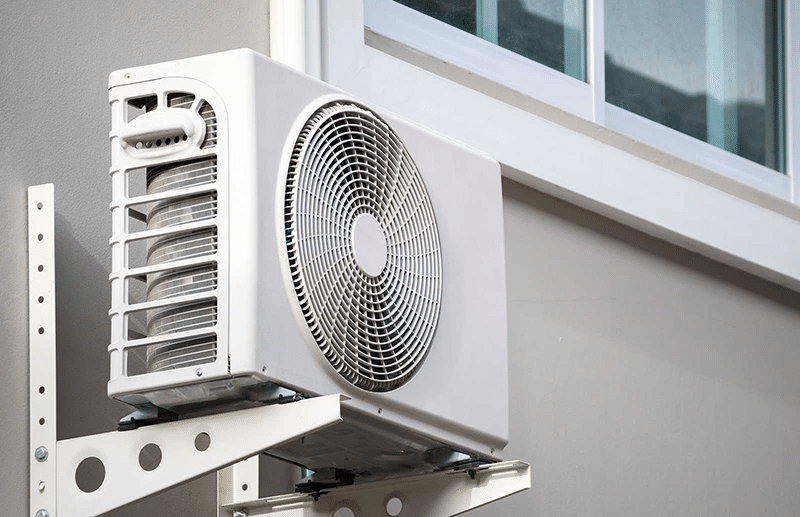Proudly Serving All Of MA!

What is a Variable Refrigerant Flow (VRF) HVAC system?
Air Conditioning | April 28, 2023
A Variable Refrigerant Flow HVAC system is a type of heating and cooling system that uses variable refrigerant flow to change the amount of heat that’s transferred inside the residence. It can be used in both residential and commercial buildings, including homes, offices, schools and other facilities.
What are the benefits of using a VRF system?
- It brings more comfort than traditional systems
- It reduces energy consumption by up to 50%
- There’s no need for ductwork or duct sealing (which saves money)
- Installation takes much less time than other types of systems
- Maintenance costs are lower due to fewer parts
- The fan is quieter than traditional compressor-type systems
- There are fewer service calls needed because it doesn’t require as much maintenance
- There’s no need for zoning controls so you don’t have cold spots in certain rooms like with traditional systems
How Does a Variable Refrigerant Flow System Work?
A variable refrigerant flow system is a type of HVAC that uses a variable-speed compressor and a reversing valve to control the amount of refrigerant flowing through your residence. The reversing valve allows you to adjust how much heat is being removed from the air, which means that you can cool it down or heat it up as needed.
The components of this type of system include:
- A variable-speed compressor that controls airflow through your home’s ductwork by varying its speed based on demand for cooling or heating. This means that when there isn’t much need for cooling or heating (for example, when everyone is asleep), less energy will be used by your unit because it’s running at lower speeds than normal–and vice versa when there’s more demand for cooling/heating during peak times like afternoon summer days or cold winter mornings!
Environmental Benefits of a Variable Refrigerant Flow HVAC System
The variable refrigerant flow HVAC system is an environmentally friendly HVAC system. It uses less energy and emits fewer greenhouse gases than traditional systems, which means you can lower your carbon footprint while saving money on your utility bills.
The VRF system also reduces noise pollution because it uses fans instead of compressors to move air through your home or office space. Compressors are typically louder than fans, so if you’re concerned about keeping the peace in your neighborhood or workplace–or just want to enjoy a quiet night at home–a VRF system may be right for you!
If you are thinking about replacing your current heating and cooling system, or if you are considering installing a new one for the first time, this type of system would be worth considering.
Office Hours:
Monday-Thursday:
9:00AM-5:00PM ET
Friday-Sunday:
CLOSED
(413) 579-8484
[email protected]
95D Mainline Dr.
Westfield, MA 01085
